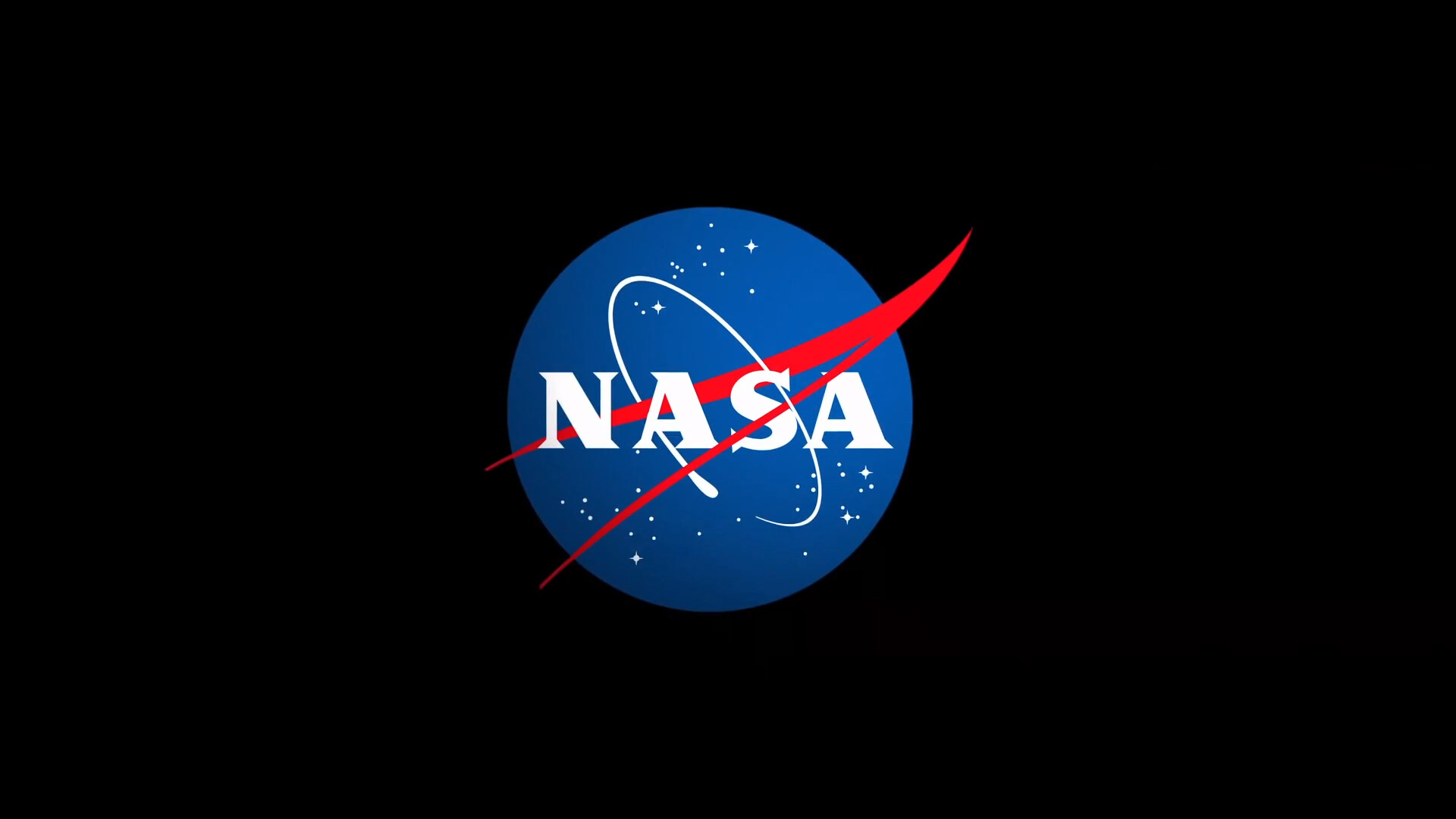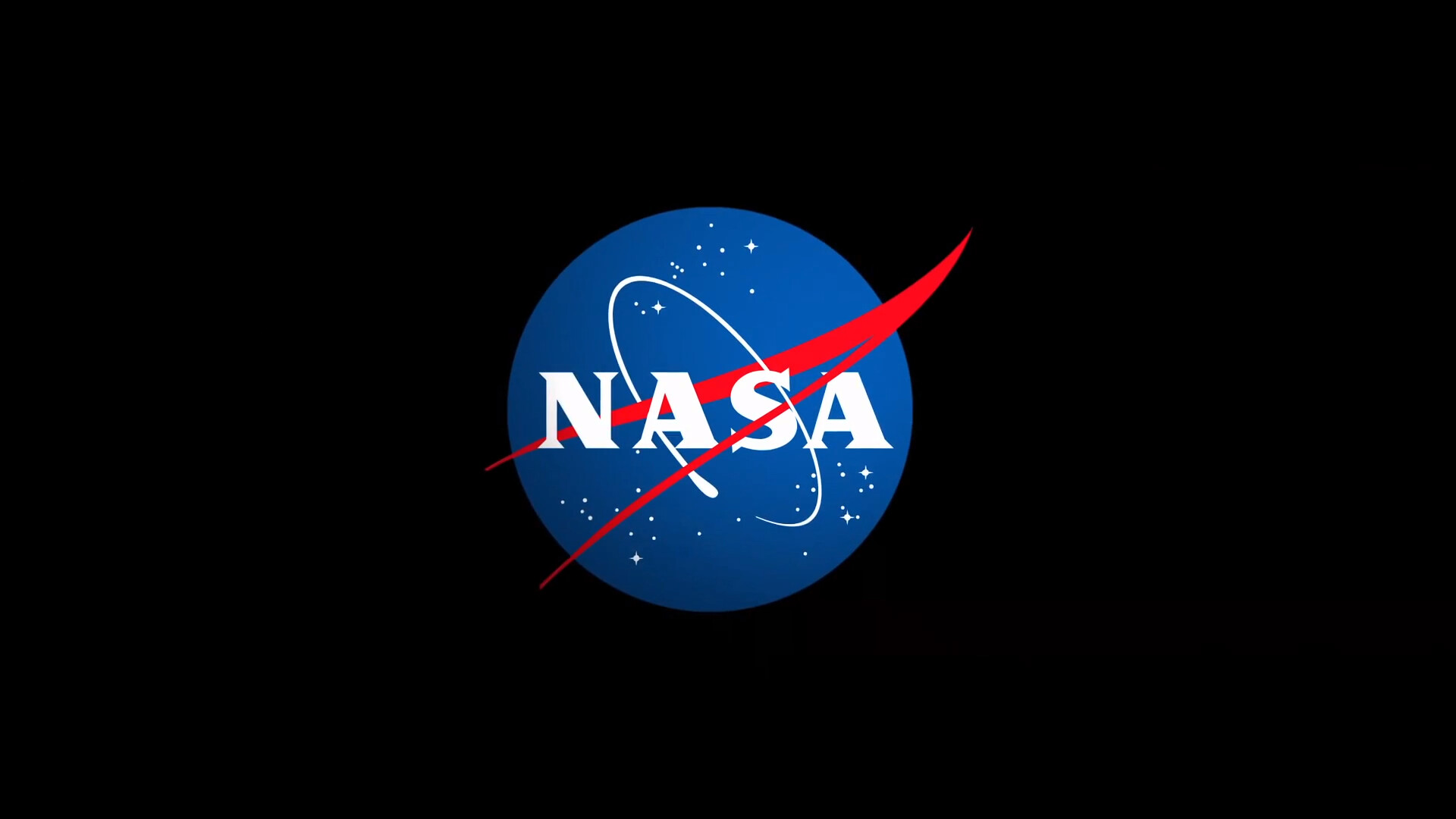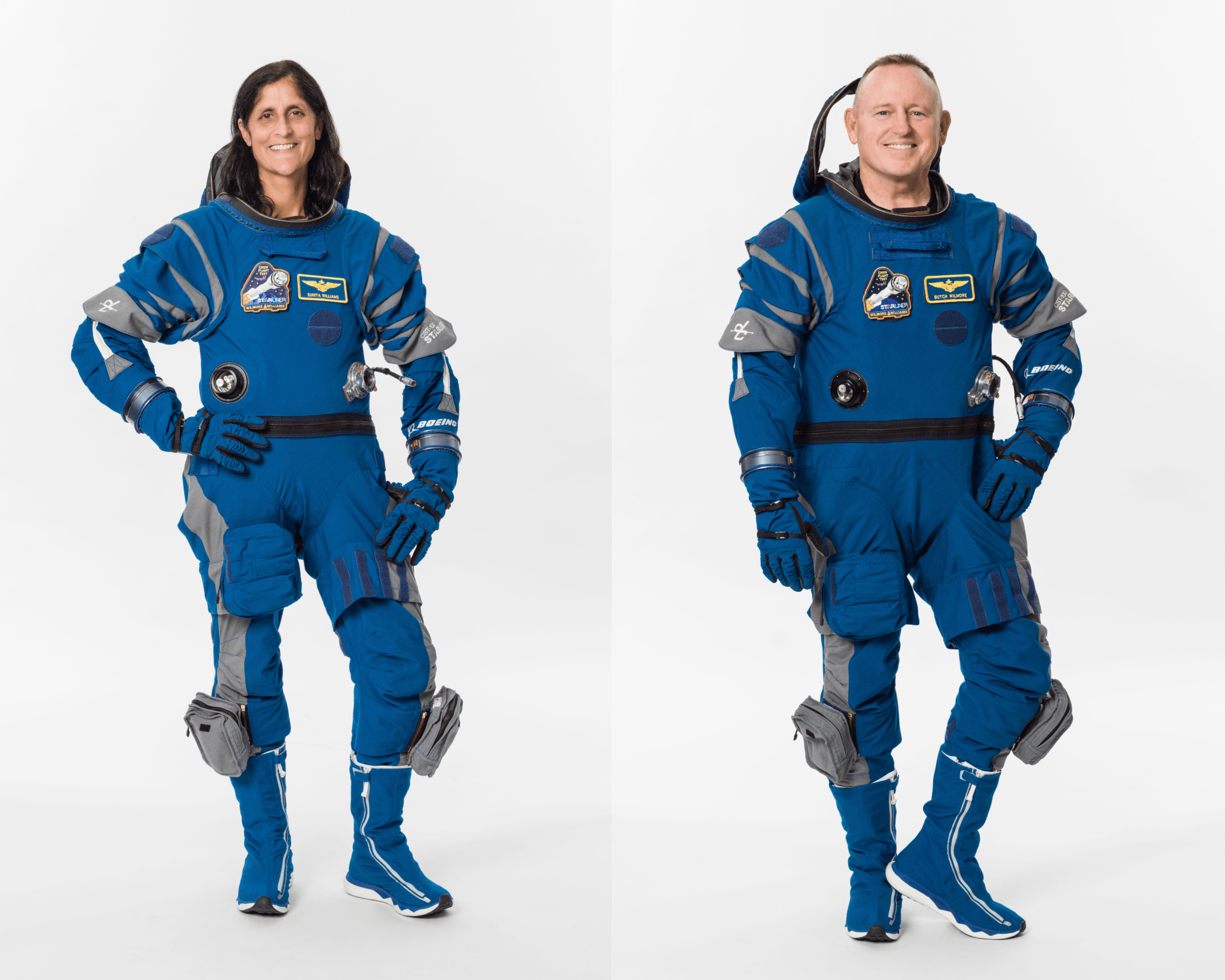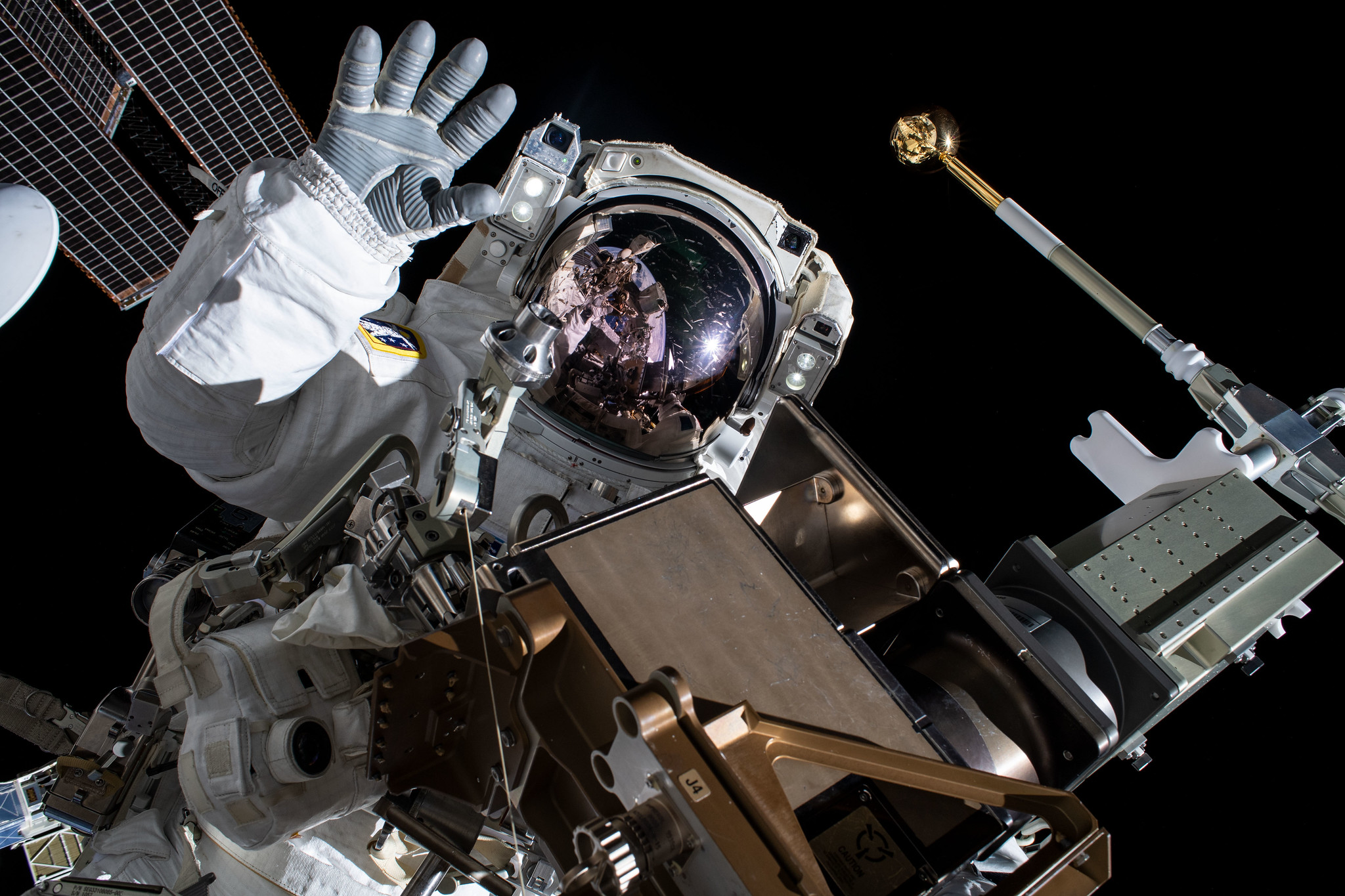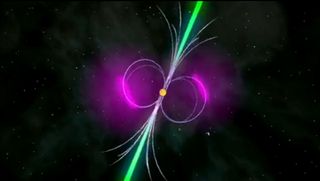Swarming for Success: Starling Completes Primary Mission by Tara Friesen After ten months in orbit, the Starling spacecraft swarm successfully demonstrated its primary mission’s key objectives, representing significant achievements in the capability of swarm configurations. Swarms of satellites may one day be used in deep space exploration. An autonomous network of spacecraft could self-navigate, manage scientific experiments, and execute maneuvers to respond to environmental changes without the burden of significant communications delays between the swarm and Earth. The four CubeSate spacecraft that make up the Starling swarm have demonstrated success in autonomous…
Read MoreMonth: June 2024
NASA Invites Media to Rollout Event for Artemis II Moon Rocket Stage
The core stage is the backbone of the SLS (Space Launch System) rocket that will help power NASA’s Artemis II mission to send a crew of four astronauts around the Moon in 2025. Here, the core stage is currently behind scaffolding to allow work to continue at NASA’s Michoud Assembly Facility in New Orleans. The stage’s two massive propellant tanks hold a collective 733,000 gallons of liquid propellant to power the four RS-25 engines at its base. Following hardware acceptance reviews and final checkouts, the stage will be readied for…
Read MoreNASA Selects Contractor for Lifecycle Services Support
NASA has selected Amentum Services Inc. of Chantilly, Virginia, to provide program, science, engineering, operations, and project management support at the agency’s Ames Research Center in California’s Silicon Valley. The Fully Integrated Lifecycle Mission Support Services 2 contract is a single award, hybrid contract, consisting of cost-plus-fixed-fee core requirements and indefinite-delivery/indefinite-quantity task orders. With a maximum value of $256 million, the contract’s period of performance will begin Monday, June 17 with a 60-day phase-in period, followed by a two-year base period and three one-year options. Southeastern Universities Research Association Inc.…
Read MoreWhat Are You Looking At?
A Florida redbelly turtle casts a suspicious look as he is being photographed on the grounds of NASA’s Kennedy Space Center in Florida. The redbelly turtle inhabits ponds, lakes, sloughs, marshes and mangrove-bordered creeks, in a range that encompasses Florida from the southern tip north to the Apalachicola area of the panhandle. Active year-round, it is often seen basking on logs or floating mats of vegetation. Adults prefer a diet of aquatic plants. The Center shares a boundary with the Merritt Island National Wildlife Refuge, which encompasses 92,000 acres that…
Read MoreNASA Exploring Alternative Mars Sample Return Methods
NASA logo. Credit: NASA NASA is moving forward with 10 studies to examine more affordable and faster methods of bringing samples from Mars’ surface back to Earth as part of the agency’s Mars Sample Return Program. As part of this effort, NASA will award a firm-fixed-price contract for up to $1.5 million to conduct 90-day studies to seven industry proposers. Additionally, NASA centers, NASA’s Jet Propulsion Laboratory in Southern California, and Johns Hopkins’ Applied Physics Laboratory are producing studies. Once completed, NASA will assess all studies to consider alterations or…
Read MoreNASA Crew Flight Test Astronauts to Call White House, NASA Leaders
NASA astronauts Suni Williams (pictured left) and Butch Wilmore (pictured right) launched at 10:52 a.m. EDT June 5 as the first crewed flight of Boeing’s Starliner spacecraft on the United Launch Alliance Atlas V rocket from Space Launch Complex-41 at Cape Canaveral Space Force Station in Florida. Credits: NASA Following their safe arrival at the International Space Station, NASA astronauts Butch Wilmore and Suni Williams will participate in a pair of Earth to space calls Monday, June 10, regarding their historic mission aboard Boeing’s Starliner spacecraft: Known as NASA’s Boeing…
Read More‘Super’ Star Cluster Shines in New Look From NASA’s Chandra
Star Cluster Westerlund 1. X-ray: NASA/CXC/INAF/M. Guarcello et al.; Optical: NASA/ESA/STScI; Image Processing: NASA/CXC/SAO/L. Frattare Westerlund 1 is the biggest and closest “super” star cluster to Earth. New data from NASA’s Chandra X-ray Observatory, in combination with other NASA telescopes, is helping astronomers delve deeper into this galactic factory where stars are vigorously being produced. This is the first data to be publicly released from a project called the Extended Westerlund 1 and 2 Open Clusters Survey, or EWOCS, led by astronomers from the Italian National Institute of Astrophysics in Palermo. As part of EWOCS,…
Read MoreNASA to Discuss Upcoming Spacewalks for Station Repairs, Upgrades
Astronaut waves during a spacewalk outside of the International Space Station (Credits: NASA) NASA astronauts aboard the International Space Station will conduct three spacewalks targeted for June. NASA will discuss the upcoming spacewalks during a news conference at 4 p.m. EDT Tuesday, June 11.Live coverage will air on NASA+, NASA Television, the NASA app, YouTube, and the agency’s website. Learn how to stream NASA TV through a variety of platforms including social media. Participants in the news conference include: Dina Contella, deputy program manager, International Space Station Rebecca Wingfield, flight director,…
Read MoreSERVIR Co-hosts Regional Workshop on Inclusive Climate Action
From 2/12-16/24, representatives of SERVIR’s Science Coordination Office participated in an Inclusive Climate Action Workshop in Chiang Mai, Thailand. Hosted by SERVIR’s Southeast Asia program, along with USAID, the Asian Disaster Preparedness Center, and the World Wildlife Fund, the event was organized as a space to exchange ideas on how Earth and climate information can be more actionable for and inclusive of Indigenous communities, women, youth, and other underrepresented communities. The event convened nearly 100 participants from across five Southeast Asian countries who provided insight on how SERVIR and its…
Read MoreScientists find slowest spinning ‘radio neutron star’ — it breaks all the dead-star rules
Astronomers have discovered the slowest spinning radio wave-blasting neutron star ever seen; it takes almost an hour to complete a full rotation. That may sound rather fast, but these dead stars are known to spin so rapidly that some experience 700 full turns every second. Even the most leisurely of the about 3,000 radio-emitting neutron stars, or “pulsars,” discovered so far complete a full rotation in a second or so. This ultra-leisurely neutron star, however, designated ASKAP J1935+2148 and located 16,000 light-years from Earth, is emitting radio light at a rate…
Read More

